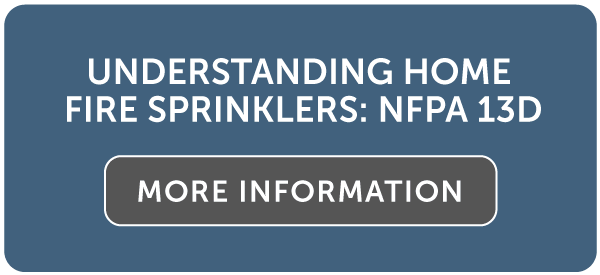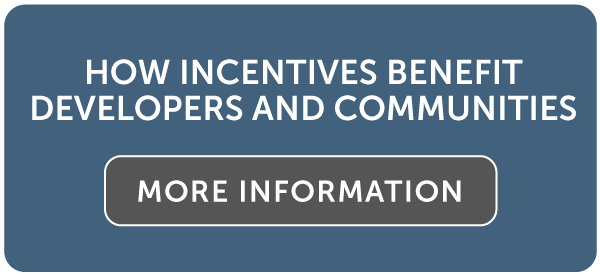Your Local Stakeholders: Planners, Builders, Developers, Real Estate Agents and Decision-Makers
 Other Local Officials
Other Local Officials
In some communities the city planner or planning department handles all aspects of development for the town. In others the city manager, mayor or city council may be involved. Your city planner should be able to let you know who you should work with.
The local water purveyor or department is also critical to the success of the program. Many water purveyors do not understand the difference between commercial water sprinklers and NFPA 13D systems. As a result they sometimes impose fees and restrictions that make sprinklers financially impractical. By presenting the facts, particularly about water usage, you can avoid this potential problem.
Inform the Community
In many communities residents watch over new developments very closely. If they hear that you are allowing developers increased density or reduced water infrastructure they may oppose it. Reach out to community residents to explain how putting fire sprinklers in new developments makes everybody safer.
Every community is different. While some might welcome higher density others will oppose it.










